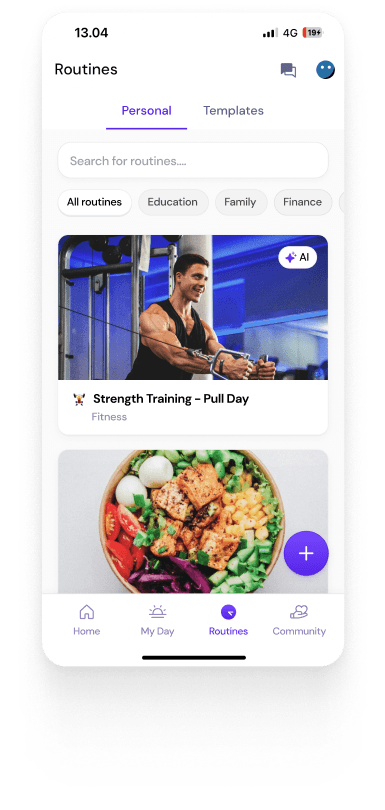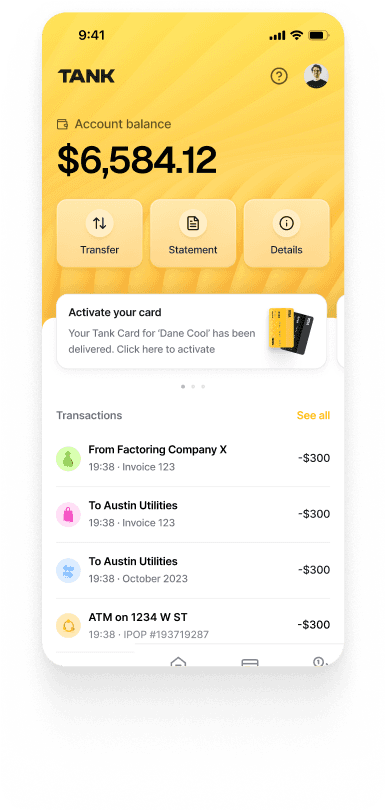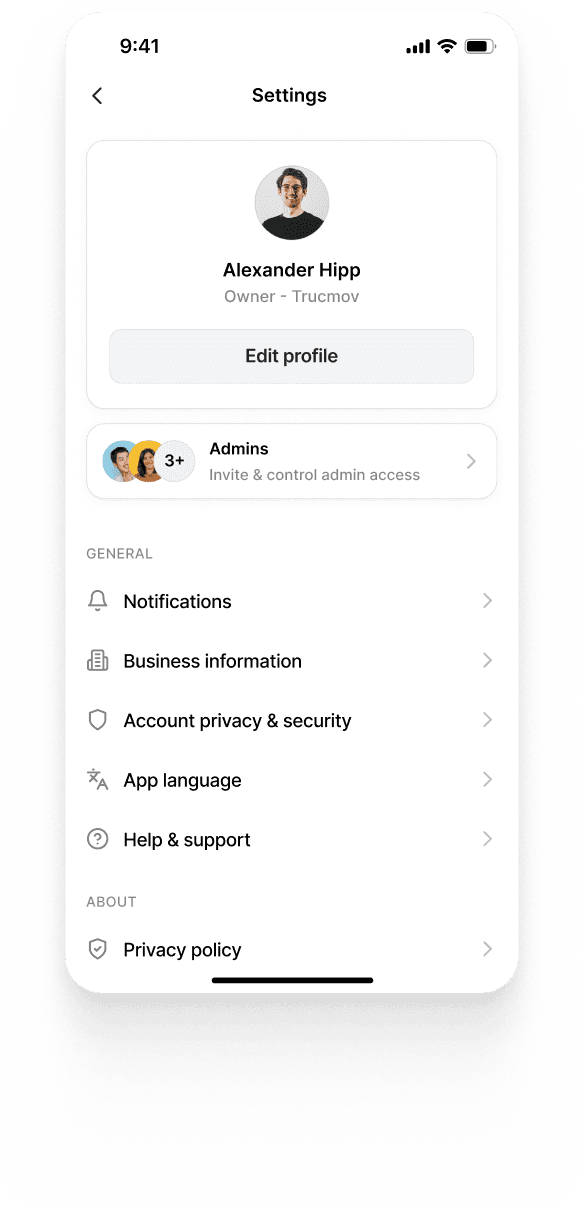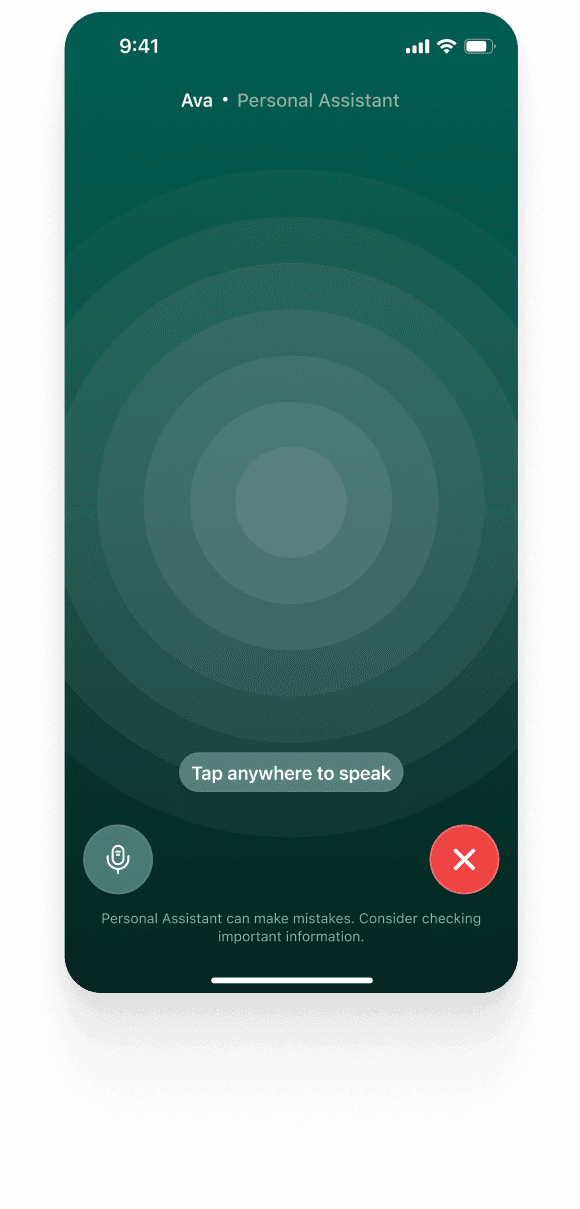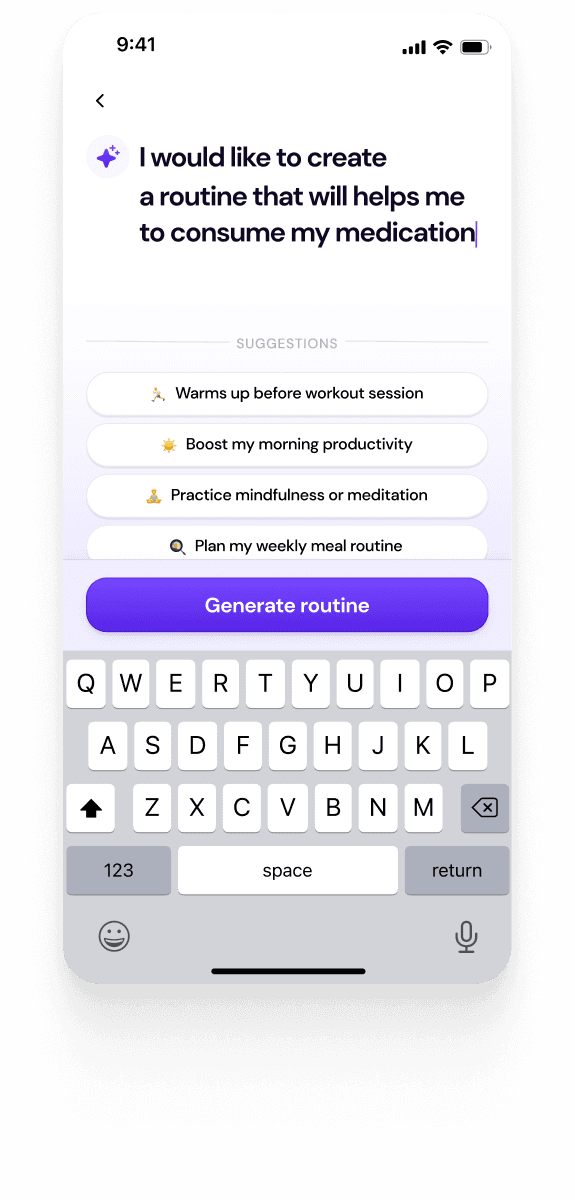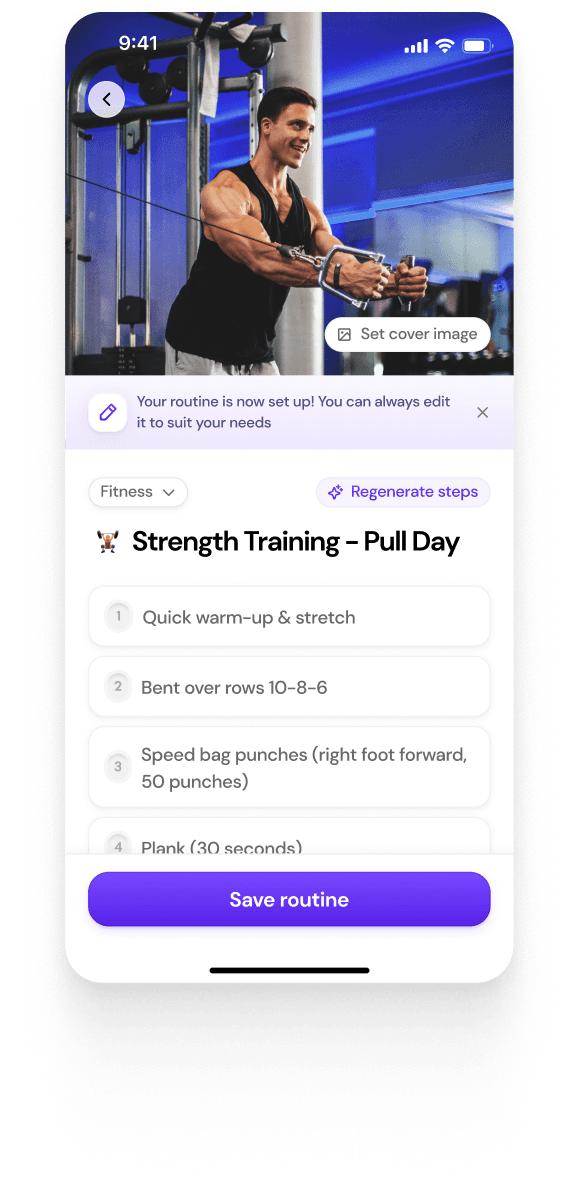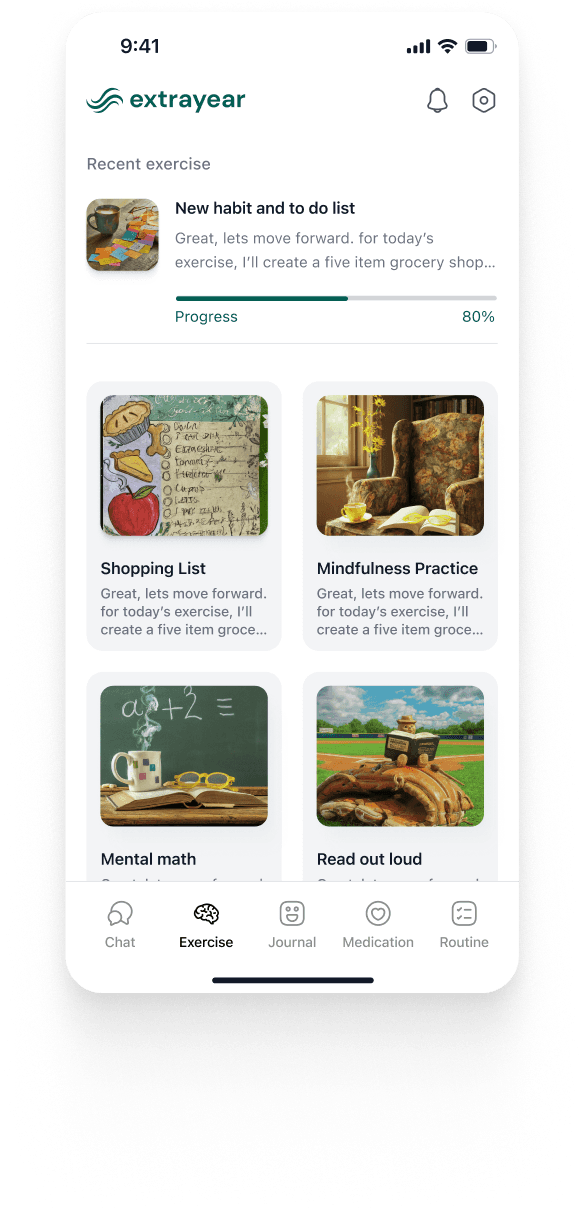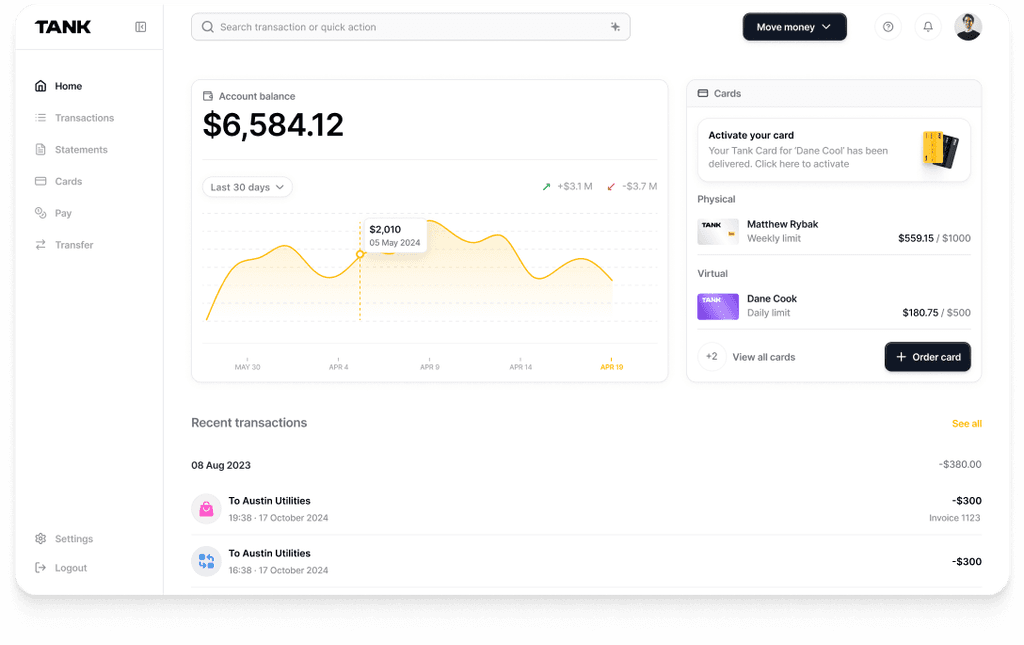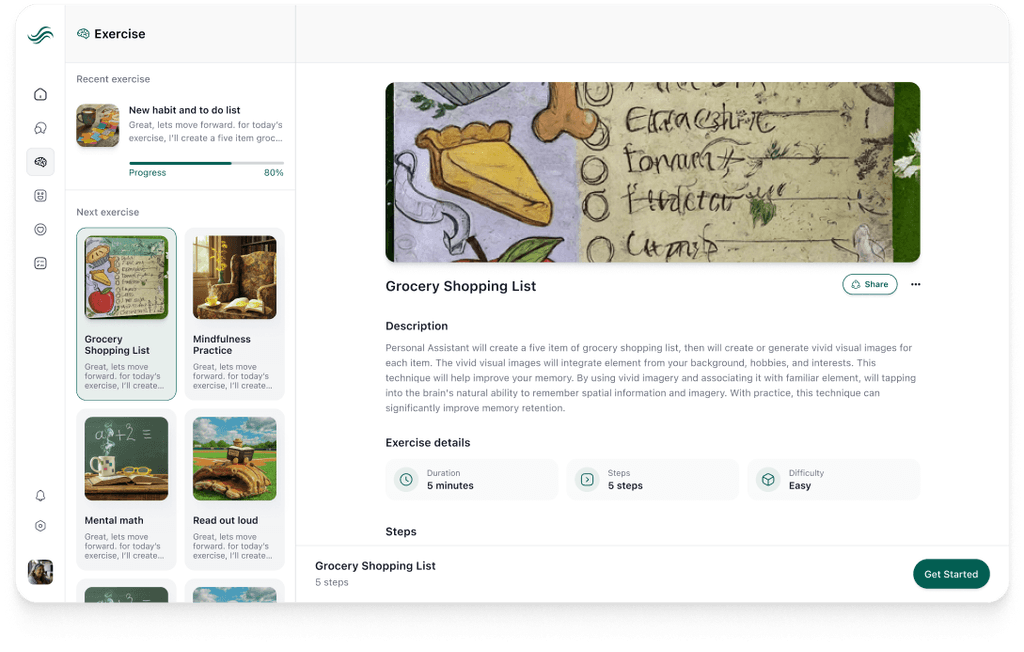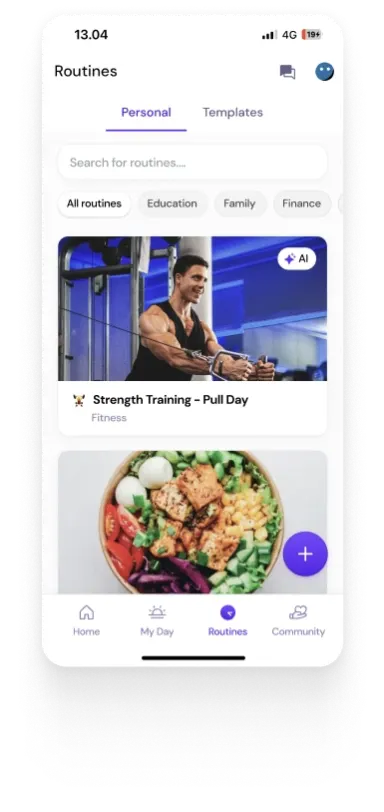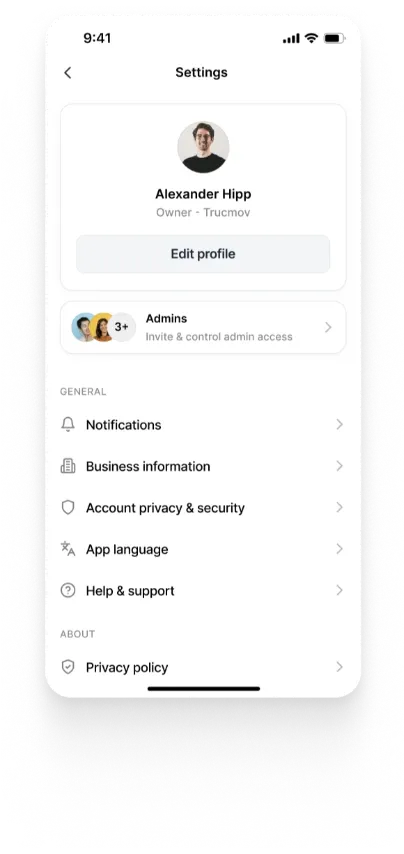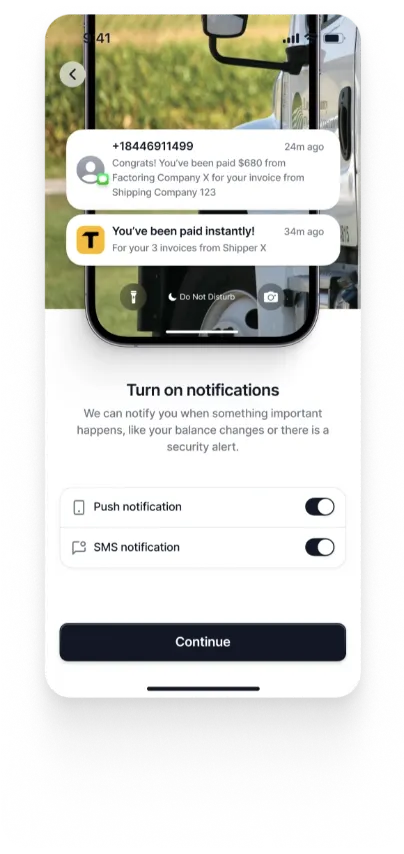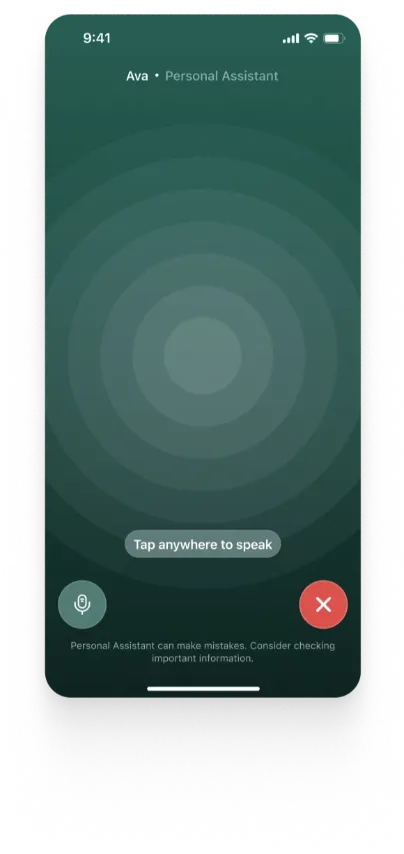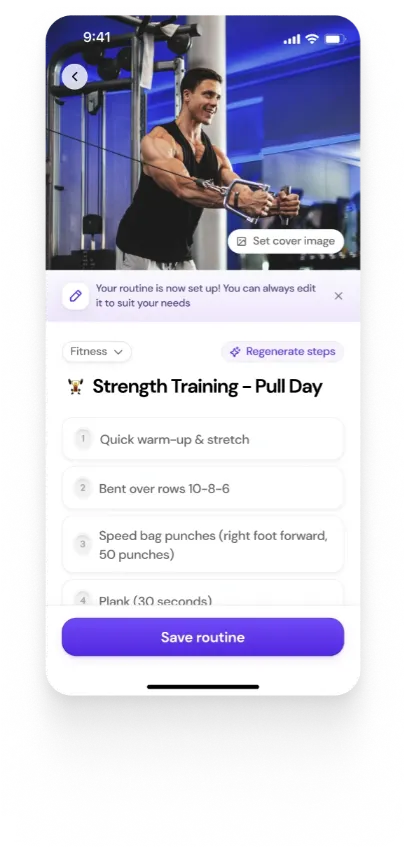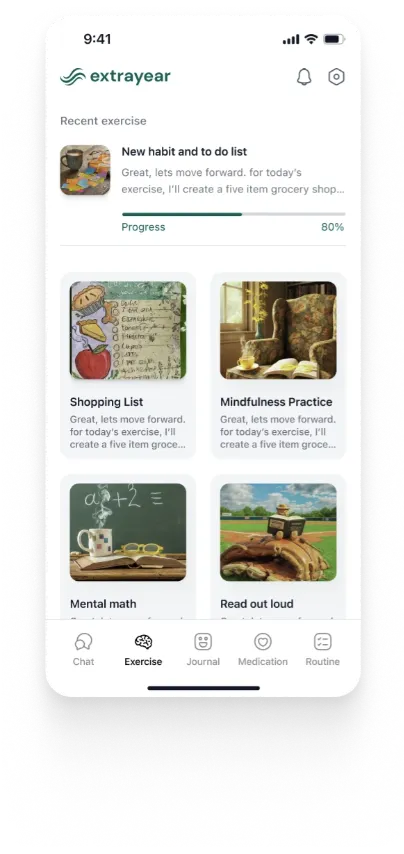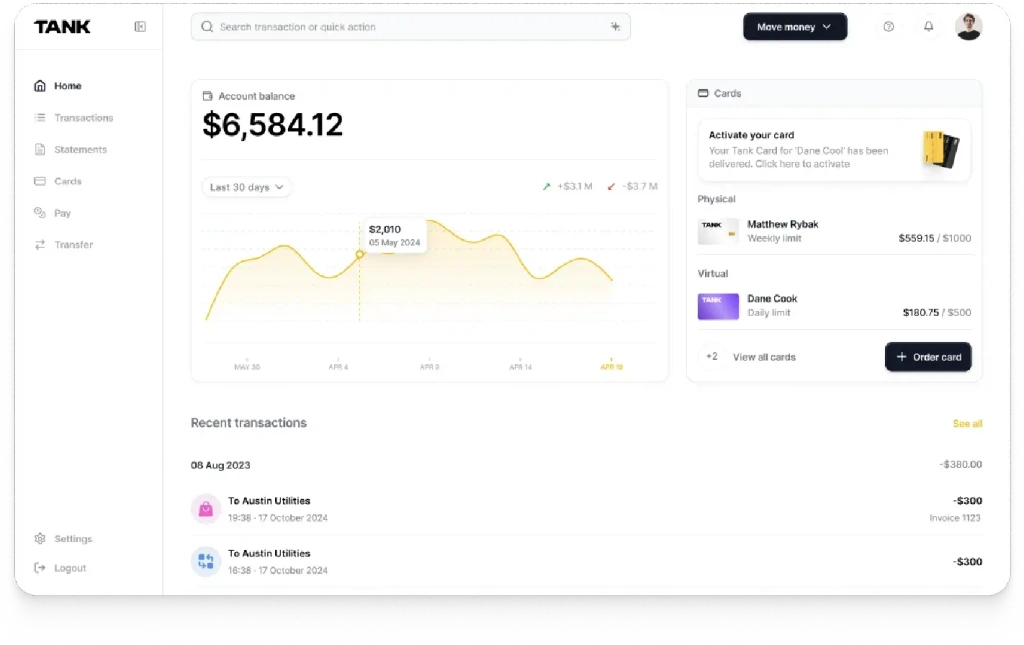How AI is Reshaping the Flutter Development Workflow - Faster PRs, Smarter Deploys
Mar 25, 2025
Summary
AI is revolutionizing Flutter development by automating PR generation, code updates, and deployment. Platforms like Steve transform workflows through intelligent previews, real-time collaboration, and automated Firebase deployments. With a conversational interface and persistent project memory, Steve empowers developers and non-technical teams to co-build apps faster, with fewer bugs and greater agility.
Key insights:
AI-Powered PRs: Steve automates rich pull request documentation, live previews, and updates for seamless collaboration and clarity.
Contextual Change Management: Steve intelligently modifies all relevant code and files, reducing bugs and regression risks.
End-to-End Deployment Pipeline: Automated builds, analysis, and Firebase deploys turn commits into production-ready releases.
Conversational Development: A CUI enables natural language engineering, making Flutter development accessible to non-coders.
Continuous Learning Loop: Steve evaluates builds, resolves errors, and improves over time, reducing technical friction.
Accelerated MVPs and QA: Founders launch apps in days; teams streamline QA and reduce post-merge failures.
Introduction
As mobile app ecosystems continue to grow in complexity and user expectation, the pressure on development teams to ship faster, maintain quality, and stay adaptable has never been higher. Flutter has emerged as the go-to cross-platform framework for building beautiful, performant applications with a single codebase. However, even with Flutter's efficiency, the traditional development cycle—ideation, feature coding, debugging, testing, deployment—can become a bottleneck as demand scales.
Enter AI engineering: a new paradigm that is not just augmenting developer productivity but fundamentally transforming how apps are built, tested, and deployed. Platforms like Steve, the first AI Operating System, are pioneering a new workflow architecture that tightly integrates AI with the Flutter development lifecycle. From smarter pull requests to automated error resolution and live previews, AI is not just assisting developers—it is co-building with them.
This insight explores how AI, particularly through systems like Steve, is reshaping the Flutter development workflow by accelerating pull request (PR) creation, streamlining code modification, enhancing deployment reliability, and enabling a more intelligent, conversation-driven engineering experience.
AI-Enhanced Pull Requests: From Manual to Autonomously Accurate
1. Intelligent PR Generation in Real Time
Traditionally, writing a meaningful PR requires thoughtful analysis of code changes, impact documentation, and careful explanation of new features or fixes. This often takes as much effort as writing the code itself. Steve reimagines this by employing AI to analyze modified files, assess architectural implications, and automatically craft high-quality PRs.
Once a developer submits a change, Steve's engineering assistant initiates a PR creation process that generates:
A clear, action-oriented title summarizing the change
A deep description explaining what was done and why
Technical documentation outlining structural and implementation changes
A testing summary including a preview URL
An impact matrix highlighting affected modules and dependencies
This intelligent documentation removes the guesswork and manual overhead, ensuring that every PR is consistent, thorough, and aligned with professional development standards.
2. PRs as Part of a Live Feedback Loop
Steve's PR workflow is not just a backend operation—it is interactive. Developers receive real-time previews of their modifications, enabling immediate validation. As changes evolve through conversation with the Engineering Assistant, the PR dynamically updates, ensuring it always reflects the latest state of the build.
Streamlined AI-Driven Change Management
1. The Feedback-Fueled App Builder Workflow
In Steve's Vibe Studio, the development process is inherently iterative. Developers do not need to recompile or rerun local environments for each tweak. Instead, the workflow is centered around submitting feature modification requests, receiving previews, and conversing with the AI assistant to refine changes.
Each interaction—be it adding a button, modifying a UI component, or changing authentication flow—is guided by structured, XML-engineered prompts and conversational feedback. Once approved, changes are automatically pushed, built, and redeployed, keeping the user in control while AI handles execution.
2. From Context Awareness to Code Precision
Steve’s secret weapon is its persistent project memory. This internal documentation of structure, dependencies, and historical changes allows the AI to make precise edits. When a user requests a feature update, Steve not only applies the change but identifies every file that must be modified—including UI elements, business logic, and theme files—to maintain consistency and integrity.
This context-first editing model dramatically reduces integration bugs and regression risks, leading to more stable builds and fewer post-merge surprises.
Smarter Deployments through Automation and Validation
1. Firebase + Flutter: A Fully Automated Pipeline
Steve’s backend pipeline is engineered for speed and reliability. Every accepted change kicks off a series of automated steps:
Build optimization using flutter build web
Dependency resolution via flutter pub get and build_runner
Code analysis through Dart Analyzer
Automated hosting setup and deployment on Firebase
This full-stack automation ensures that every commit results in a deployable, production-ready version of the app. With Firebase Hosting, preview URLs are instantly generated and tied back into the PR documentation, enabling stakeholders to test features in a real environment before merging.
2. Continuous Error Resolution and Analysis
AI does not just deploy code—it ensures the code is correct. Steve’s performance scoring framework evaluates each build against a baseline complexity score, dynamically tracking:
Error resolution effectiveness
Codebase complexity over time
Build success rates
Fixing efficiency through retry counts
If any errors are detected post-generation, the system applies fixes iteratively and intelligently, learning with each cycle. This means that even failed builds are not blockers—they become learning opportunities, accelerating future iterations.
Conversational Engineering: The Rise of Natural Interfaces
1. Developer Experience Reimagined
One of Steve’s most transformative innovations is its Conversational User Interface (CUI). Instead of toggling between IDEs, documentation, and chat platforms, developers communicate naturally with the AI assistant. Context-aware, persistent memory ensures that the assistant understands both what the user is trying to build and where the conversation left off.
Requests like “add Google sign-in,” “change this card’s color to match the brand palette,” or “optimize loading speed” are parsed into executable tasks. Each request is wrapped in a structured XML prompt and translated into precise code updates, often completed in seconds.
2. Inclusive Access for Non-Engineers
This interaction model also democratizes development. Product managers, designers, and founders can contribute directly by conversing with the system—no technical background required. With AI translating high-level goals into low-level implementation, team collaboration becomes fluid and multidirectional.
Real-World Impact: Use Cases Across the Stack
1. Founders Building MVPs in Days
For early-stage founders, Steve serves as an AI cofounder. With only an idea and a few prompts, users can spin up a Flutter-based MVP hosted on Firebase, complete with authentication, theming, and basic functionality. PRs are auto-generated, previews are live, and deploys are instant—what once took weeks now takes days or even hours.
2. Engineering Teams Accelerating QA Cycles
For teams, Steve becomes an augmentation layer. Engineers use it to automate UI updates, test new APIs, or rewrite legacy widgets. QA teams preview changes in live environments linked to every PR, streamlining validation. Error-fixing pipelines catch and resolve issues before they make it to staging, reducing post-merge regressions.
Conclusion
AI is no longer a backend tool—it is a front-seat collaborator in the Flutter development lifecycle. With platforms like Steve, the entire software engineering workflow—from ideation to deployment—is infused with intelligence, automation, and speed. PRs are no longer a chore; they are a living document of evolution. Deploys are no longer a risk; they are an assurance of quality and readiness.
This transformation represents more than a productivity gain—it is a cultural shift. AI enables teams to think bigger, iterate faster, and focus on what matters most: building great products. As we look to the future, AI-powered platforms like Steve will not just reshape Flutter development—they will redefine what development means.
Revolutionize Flutter Dev with Steve
Tired of slow PRs and broken deploys? Steve is your AI Flutter engineer—automating everything from change requests to Firebase deploys, all via natural conversation. Whether you're a developer or a founder, Steve helps you ship faster with fewer bugs and more confidence.










